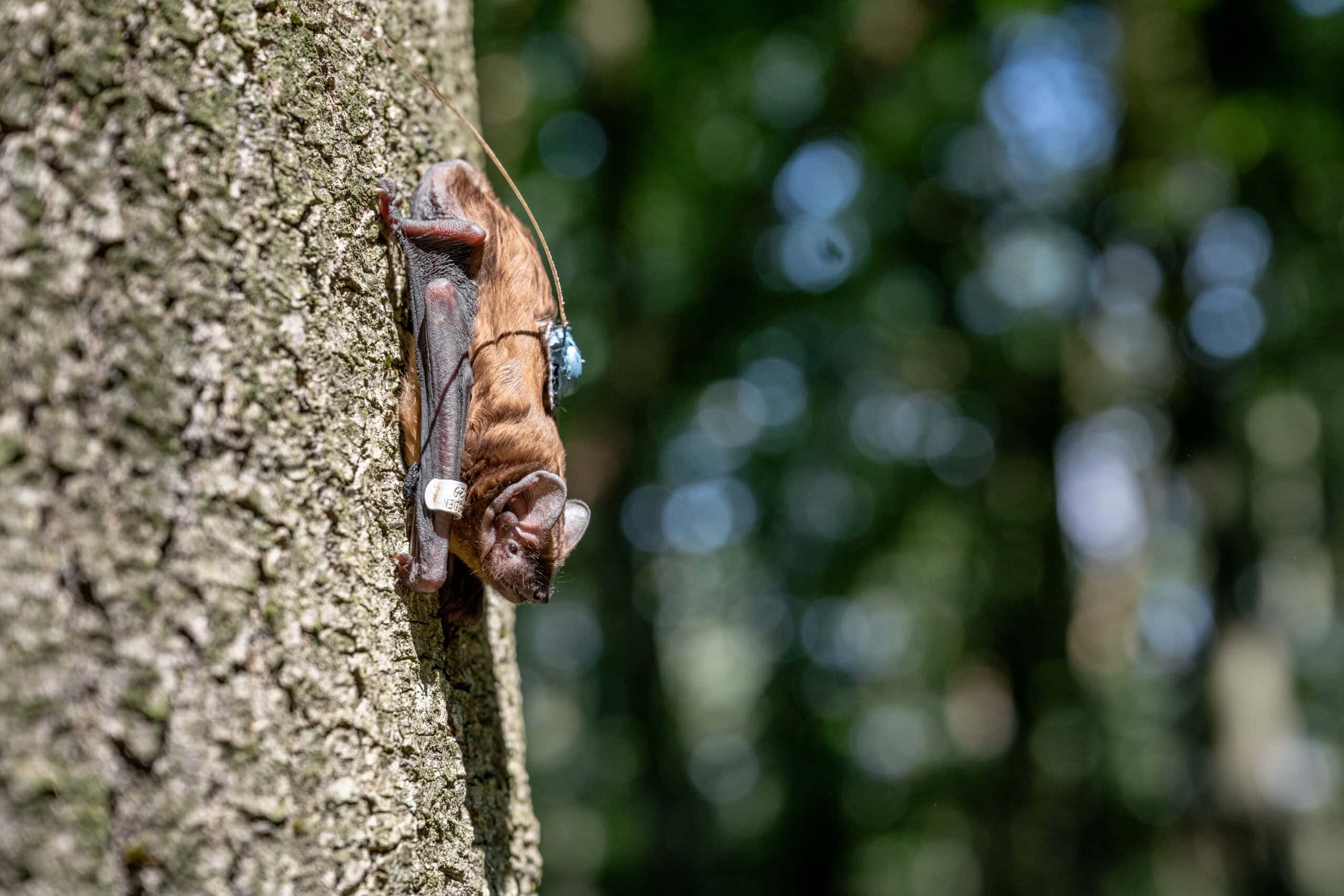Share this article
U.S. Fish and Wildlife Service announces gray wolf recovery
Last week, during the North American Wildlife and Natural Resources Conference, acting Interior Secretary David Bernhardt announced that the U.S. Fish and Wildlife Service would delist the gray wolf (Canis lupus)in the contiguous United States. The rule finalizing the delisting will be published soon in the Federal Register.
In the Lower 48, gray wolves have been listed under federal endangered species laws since the 1960s, when they had been extirpated, except for small populations in Michigan and Minnesota. Now, wolf populations in the Great Lakes area have grown to about 4,500 individuals and the wolves have spread into Wisconsin. The Northern Rockies population includes more than 1,500 wolves across Montana, Idaho, Wyoming, Washington, Oregon, Utah and California, thanks to natural migration from Canada and reintroductions in Yellowstone National Park.
The status of gray wolves under the Endangered Species Act has been contentious for years. In 2011, the USFWS removed gray wolves in Minnesota, Michigan and Wisconsin from the endangered species list due to recovery. The decision was challenged in court and reversed in 2014. An appeals court upheld that ruling in 2017.
In 2012, the Service removed gray wolves in Wyoming from the list due to recovery, in a decision that was challenged in court but ultimately upheld. Congress removed wolves in the Northern Rockies from ESA protections through a rider attached to budget legislation in 2011.
Legal challenges to the new rule are likely. The USFWS is already involved in litigation over the wolf’s Endangered Species Act status. Last year, the Center for Biological Diversity sued to require the Service keep the gray wolf on the endangered species list and develop a national recovery plan for the species. The Center for Biological Diversity has also petitioned the USFWS, asking for the same result.
The proposed delisting does not apply to the Mexican wolf (Canis lupus baileyi) or the red wolf(Canis rufus). Once the delisting proposal appears in the Federal Register, the USFWS will accept comments, likely for 60 days.
Yellowstone-area grizzly bears also may face changes under the ESA. Rep. Liz Cheney, R-Wyo., and Sen. Mike Enzi, R-Wyo., have introduced bills in the House and Senate, respectively, that would remove Yellowstone-area grizzly bears (Ursus arctos horribilis) from the endangered species list. The Grizzly Bear State Management Act (H.R. 1445/S. 614) would also remove that decision from further judicial review.
In 2017, the Service delisted the Yellowstone-area grizzlies, but that decision was challenged in federal court and is currently under litigation. Both bills were introduced on Feb. 28 and referred to the relevant committees. No further action has been taken.
Read TWS’ Position Statements on The U.S. Endangered Species Act , Wolf Restoration and Management in the Contiguous United States and the Delisting of Grizzly Bears in the Greater Yellowstone Area.
Header Image: Credit: John and Karen Hollingsworth/USFWS








